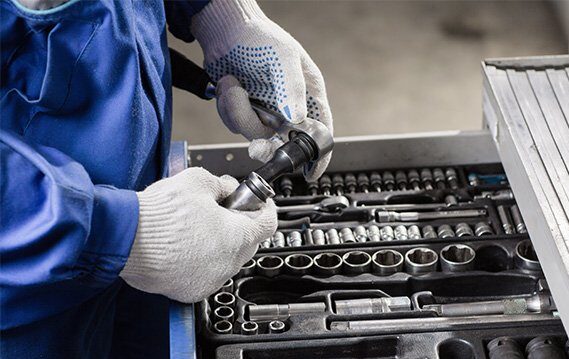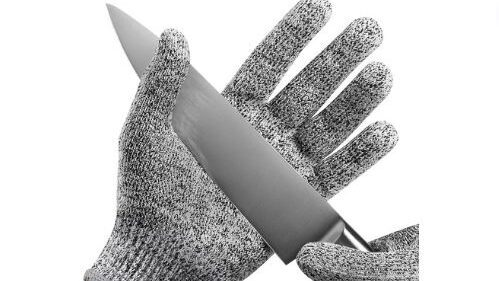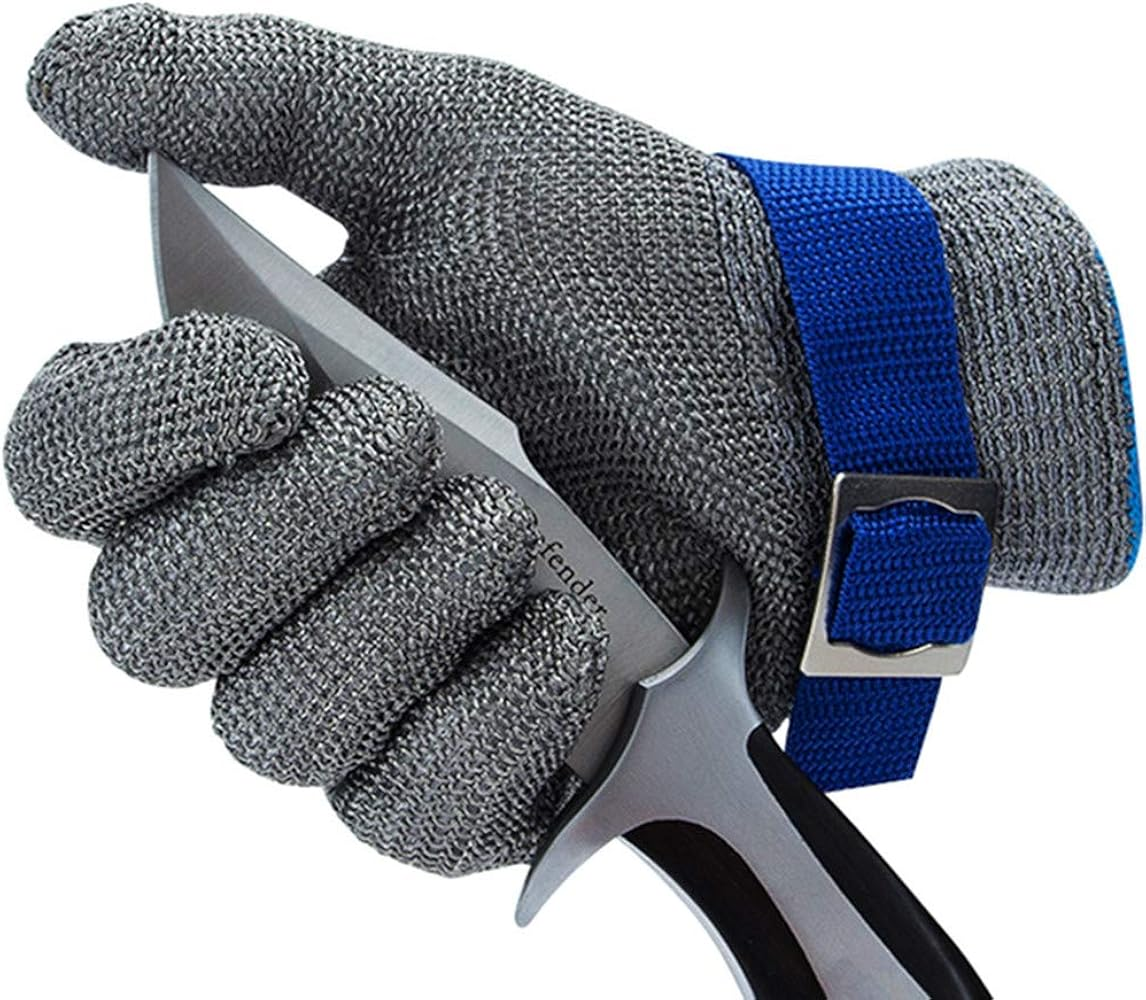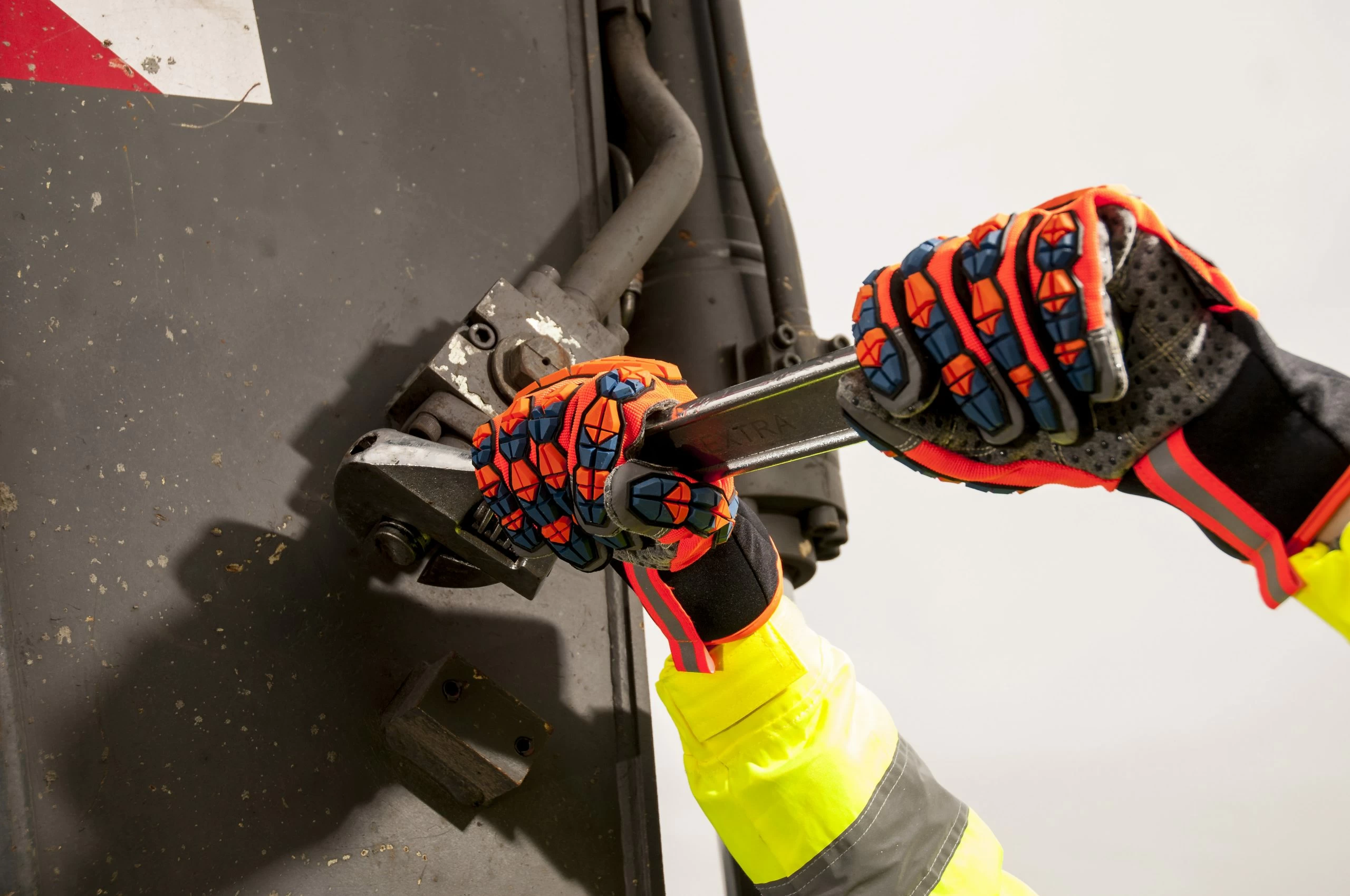
Choosing the right work gloves can not only make your work more efficient but, more importantly, protect your hands at all times, ensuring tasks are completed safely and effectively. According to research, wearing work gloves can reduce hand-related risks by up to 50%. But how can you ensure you’re wearing the right gloves?
Types of Work Gloves
Selecting the correct work gloves is crucial for your safety. Each type of glove has unique features tailored to different tasks, so how can you find the perfect pair without overspending? First, you need to understand the different types of work gloves to make a more informed choice.

Leather Gloves
Leather gloves are commonly made from cowhide, goatskin, deerskin, and other animal hides. They offer excellent warmth and are a stylish option in the fashion industry. More importantly, they have outstanding abrasion and heat resistance, making them ideal for use in construction sites, machinery maintenance, electrical work, and high-temperature environments. Additionally, they are perfect for gardening and general outdoor activities, making them versatile for both home and work.

Cotton and Fabric Gloves
These gloves are typically woven from pure cotton or special cotton fibers, making them warm, lightweight, and comfortable. They are suitable for tasks requiring fine handling or light protection, such as artifact preservation, antiques handling to prevent sweat damage, and patient care to avoid cross-contamination.
For tasks involving cutting, puncture resistance, or chemical protection, cotton gloves can be coated with a layer of nitrile latex or natural rubber to enhance hand safety.

Rubber Gloves
Rubber gloves are made from natural rubber extracted from Brazilian rubber trees through a special process. They boast excellent elasticity and stretch, fitting snugly to the hand and earning the nickname “second skin.” They offer great dexterity, breathability, and comfort even during prolonged wear.
Furthermore, their dense structure prevents water penetration, making them perfect for wet environments or jobs requiring prolonged water exposure.

Kevlar Gloves
Kevlar gloves are crafted from high-performance synthetic aramid fibers, offering exceptional strength and cut resistance. They effectively shield hands from sharp objects like blades and cutting machines and can withstand temperatures up to 300°C without damage. They don’t melt or drip when exposed to flames, providing fire resistance. These gloves are lightweight and fit snugly for enhanced dexterity.

Metal Mesh Gloves
These gloves are made from stainless steel or other metal materials, providing excellent resistance against cuts from sharp objects. Stainless steel’s anti-corrosive properties also make these gloves suitable for use in wet or acidic environments, ensuring strong chemical resistance. Butchers and meat processors commonly use these gloves for their protective qualities. However, metal mesh gloves offer limited flexibility, making them less ideal for delicate tasks.

Impact-Resistant and Vibration-Dampening Gloves
These specialized gloves protect hands from vibrations and impacts through special protective pads, such as TPR (Thermoplastic Rubber) and TPE (Thermoplastic Elastomer), covering the back of the hand and knuckles to absorb and disperse impact force. Additional shock-absorbing padding on the palms enhances vibration resistance, making these gloves ideal for heavy-duty environments like construction sites and machinery maintenance.

Key Factors to Consider When Choosing Work Gloves
Understanding the various types of work gloves is essential, but selecting the right pair depends on your work environment and performance needs.
Material: Choose gloves based on the required performance. For cut resistance, opt for Kevlar gloves or other cut-resistant materials. For waterproof and breathable needs, latex gloves are ideal. If you are allergic to natural latex, nitrile gloves are a great alternative.
Dexterity: For precision work, high-dexterity gloves are crucial. Conversely, heavy-duty tasks in industrial settings may require gloves with lower dexterity but stronger mechanical protection.
Grip: Good grip ensures objects don’t slip, especially in wet or greasy environments. Choose gloves with textured palms or coatings for improved grip without sacrificing flexibility.
Durability: Durability is a key factor for most buyers. Long-lasting gloves reduce the need for frequent replacements, providing better value over time.
Safety Standards: Checking the safety standards and certifications of gloves adds an extra layer of protection. Gloves certified by national safety agencies are usually of higher quality.
Comfort: Comfortable gloves ensure prolonged wear without causing discomfort. Proper fit prevents accidents caused by overly loose or tight gloves.

How to Choose the Best Work Gloves for You?
After all this, the key question remains: how do you choose the best work gloves for your needs?
Identify Risks
First, identify the hazards in your work environment. Understanding the risks is crucial for selecting gloves with the appropriate protective features.
Determine Safety
Needs Next, choose gloves that offer the right protection for the identified risks, ensuring your hands remain well-protected.
Consider whether you have a certificate
After choosing the appropriate gloves, you should confirm with the buyer whether the gloves have the corresponding certificates, so as to reversely determine the quality and quality of the gloves.
Ensure Proper Fit and Comfort
Opt for well-fitting gloves that don’t restrict movement. Comfortable gloves promote prolonged use, ensuring efficiency and safety.
Choosing the Right Work Gloves
No matter the environment, gloves are indispensable. Selecting the right gloves not only enhances work efficiency but also protects your hands from unexpected injuries. They serve as a crucial safety barrier in your workplace.
When choosing the best gloves, consider the material, fit, and certifications to ensure they meet the highest safety and comfort standards.
Investing a little extra in high-quality gloves means protecting your most valuable tools: your hands. Still unsure which gloves to choose? Contact Aibon today for expert advice.
How to Measure Glove Sizes – Source: AIBON
Latex gloves– Source: AIBON
Safety gloves– Source: AIBON
Working gloves– Source: AIBON

